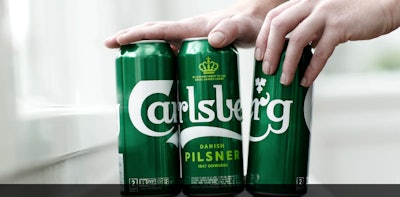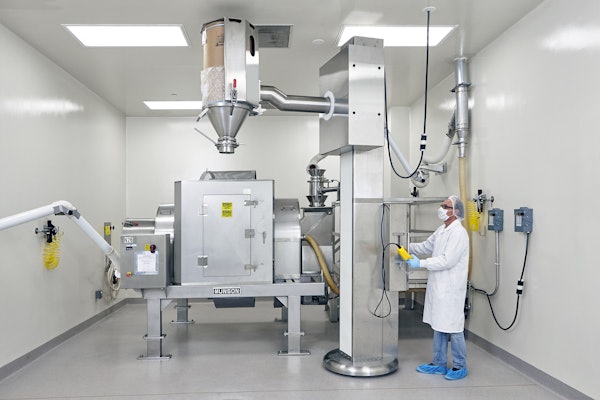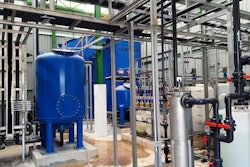
In this September article, Senior Editor Anne Marie Mohan explores Carlsberg's radical new technology that uses adhesive dots to hold multipacks of cans together. It is expected to decrease the Danish brewer’s use of plastic by up to 13,000 tons/year.
It may surprise those who rail against packaging that data from the Climate Collaborative shows that on average packaging accounts for just 5% of the energy used in the life cycle of a food product. But for massive global Consumer Packaged Goods companies, 5% is still significant. Imagine, then, a 45% CO2 footprint. That was the situation facing leading Danish brewer Carlsberg Group in 2015, after it had completed a total value chain carbon mapping exercise of its products. That year, the brewer sold 36 billion bottles of beer, equaling more than 3 billion gallons. That’s a lot of packaging.





















